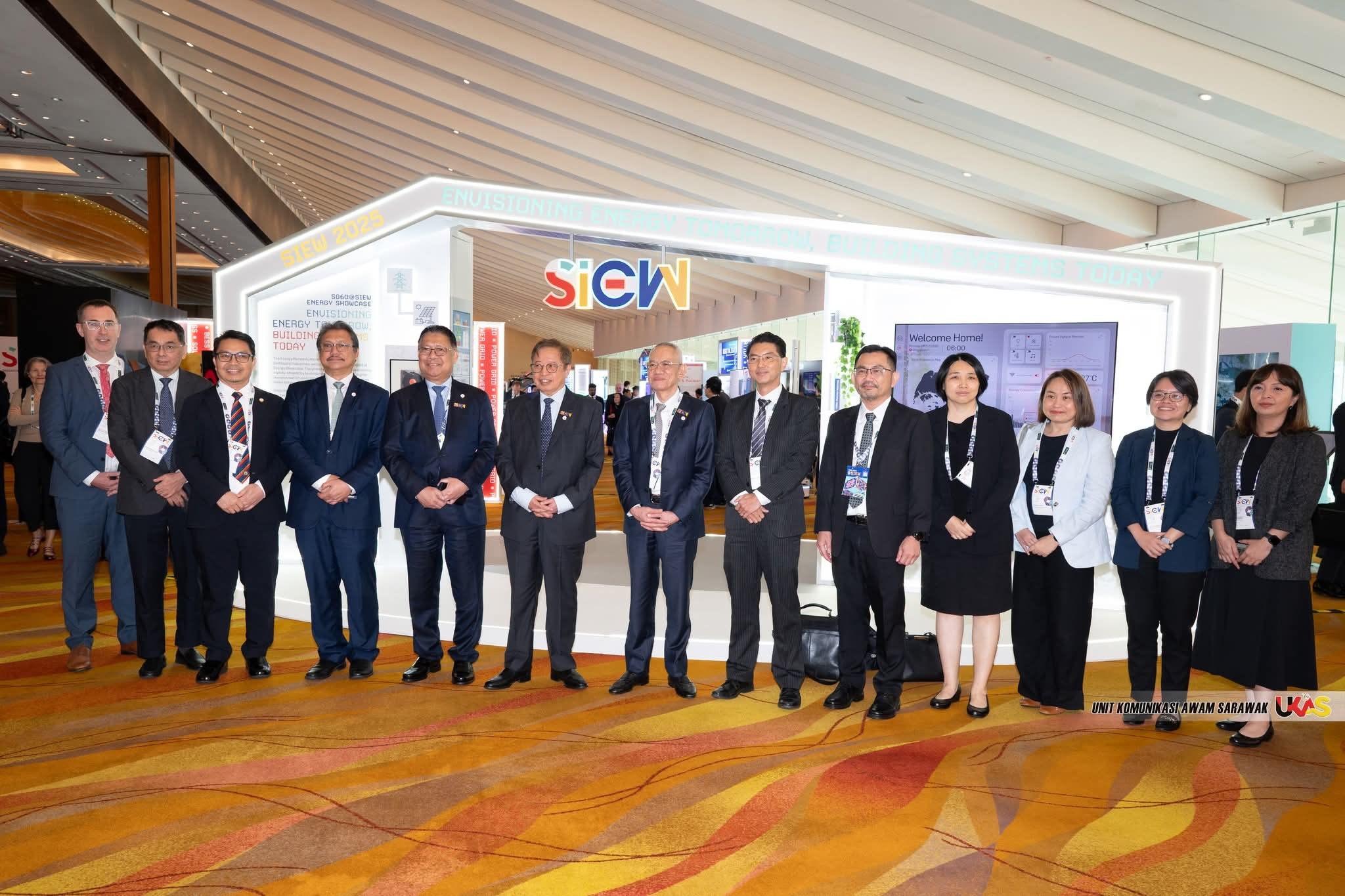
SINGAPORE: The Sarawak Energy Transition Policy (SET-P) is set to drive the state’s move towards clean energy, further strengthening its role as a leader in renewable energy in the region.
Sarawak Premier Datuk Patinggi Tan Sri (Dr) Abang Abdul Rahman Zohari Tun Datuk Abang Openg said that under SET-P, the state government is charting a practical and equitable pathway towards a low-carbon and resilient economy, one that builds upon Sarawak’s existing hydropower strengths and expands into renewable energy, hydrogen, and carbon capture.
“By 2050, this transition is expected to generate over USD130 billion in GDP, create 80,000 new job opportunities, and attract global investments, all while ensuring that the benefits are shared with the people,” he said.
“To realise this vision, we are enhancing investment appeal through blended finance development, green financing platforms, and Renewable Energy Certificates, welcoming partners from around the world to join us on this clean energy journey,” he added.
He said this when delivering his keynote address titled “Advancing Sustainable Hydropower and Regional Energy Integration” at the Singapore International Energy Week (SIEW) 2025 Summit, held at the Sands Expo and Convention Centre, Marina Bay Sands, here on Monday.
Also present were Sarawak Minister for Utility and Telecommunication Dato Sri Julaihi Narawi, Deputy Minister for Utility (Sarawak Energy and PETROS) Datuk Ibrahim Baki, and Deputy Minister for Energy and Environmental Sustainability Datuk Dr Hazland Abang Hipni.
According to the Premier, Sarawak is also targeting a total power generation capacity of 10 gigawatts (GW) by 2030, leveraging its abundant natural energy resources.
He said that studies on ‘run-of-river’ hydropower are being conducted in several river basins, with preliminary assessments identifying new generation potential of up to 3GW.
“At the same time, we are expanding solar capacity through both floating and land-based projects, while exploring battery systems and pumped storage solutions to enhance grid stability and integrate more renewable energy,” he said.
“We are also increasing Combined Cycle Gas Turbine (CCGT) capacity to ensure a stable and reliable power supply, in line with the Sarawak Gas Roadmap,” he added.
He further stated that Sarawak’s gas generation capacity is projected to reach around 3GW by 2030, with the implementation of the Miri and Samalaju CCGT plants.
Looking ahead, the Premier reaffirmed that Sarawak remains committed to strengthening regional grid stability and meeting rising energy demand through the Baleh Hydroelectric Project, which has a capacity of 1,285MW, in addition to the three major dams, Bakun, Murum, and Batang Ai.
He also noted that Sarawak is integrating both hydro and solar energy to create a smarter and more efficient state energy system. -UKASnews
Reporter: Harry Ilias
Translator: Uilson Ng
Photographer: Jaed Tepus

